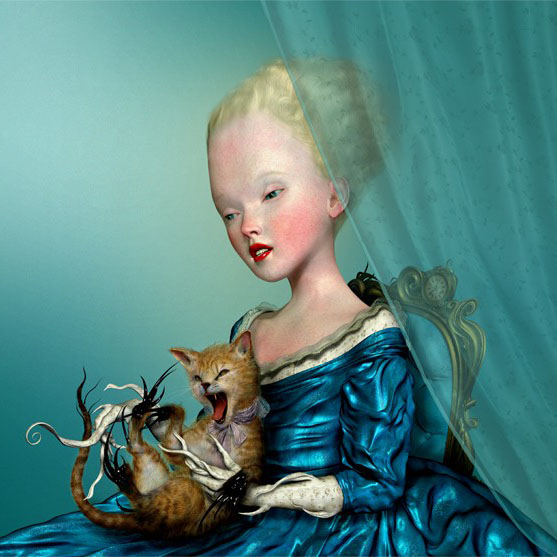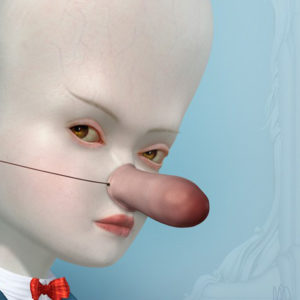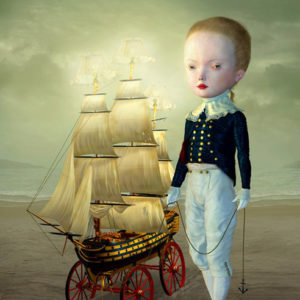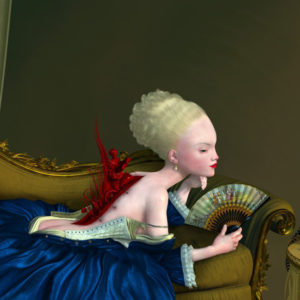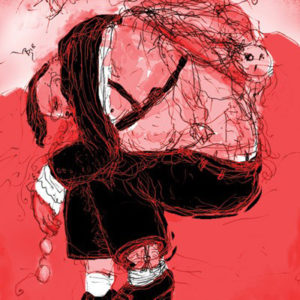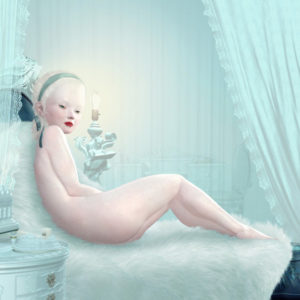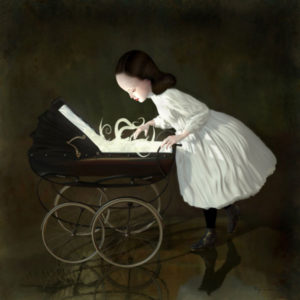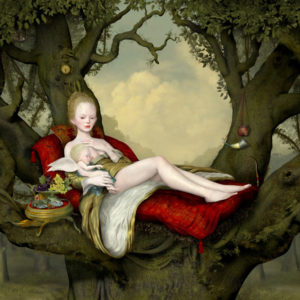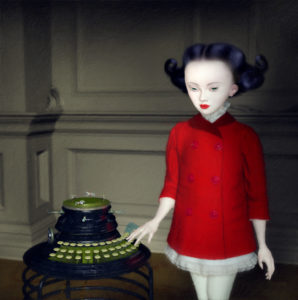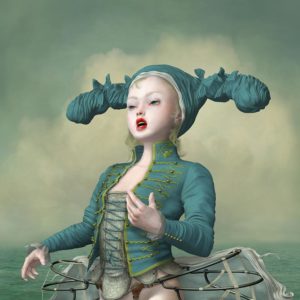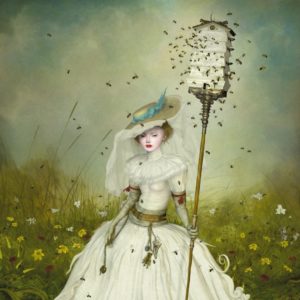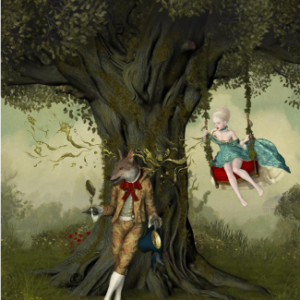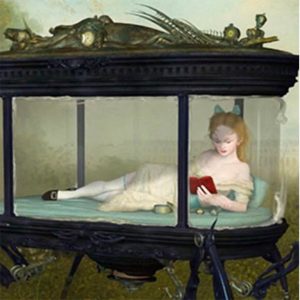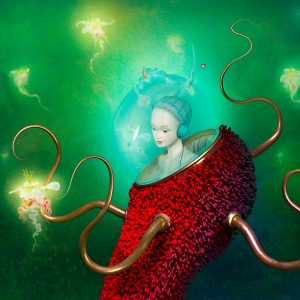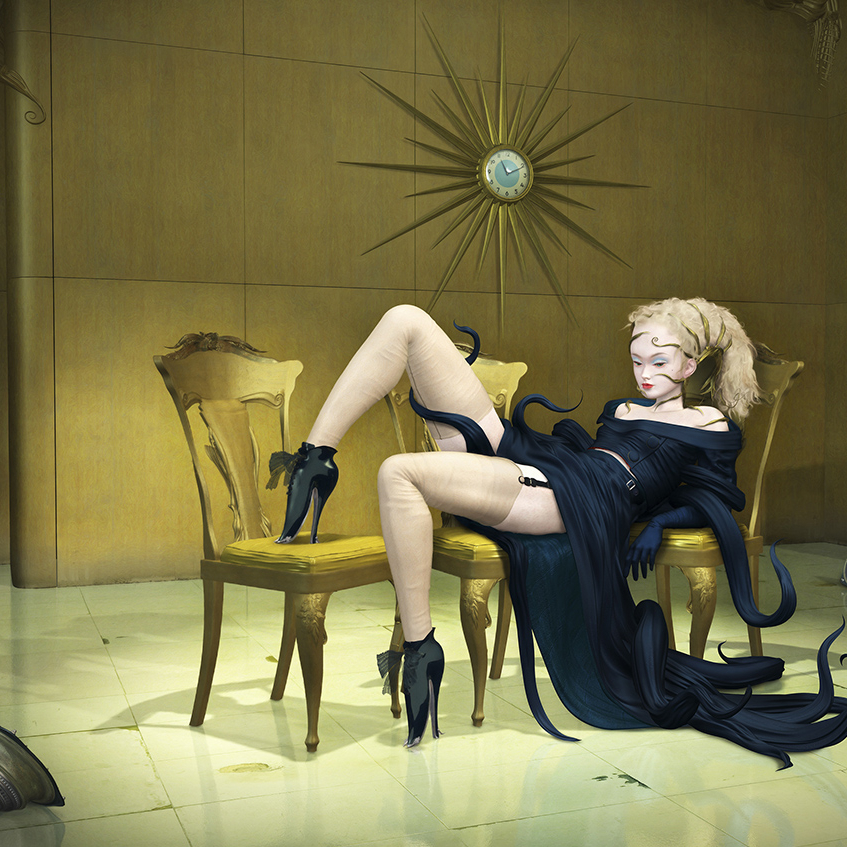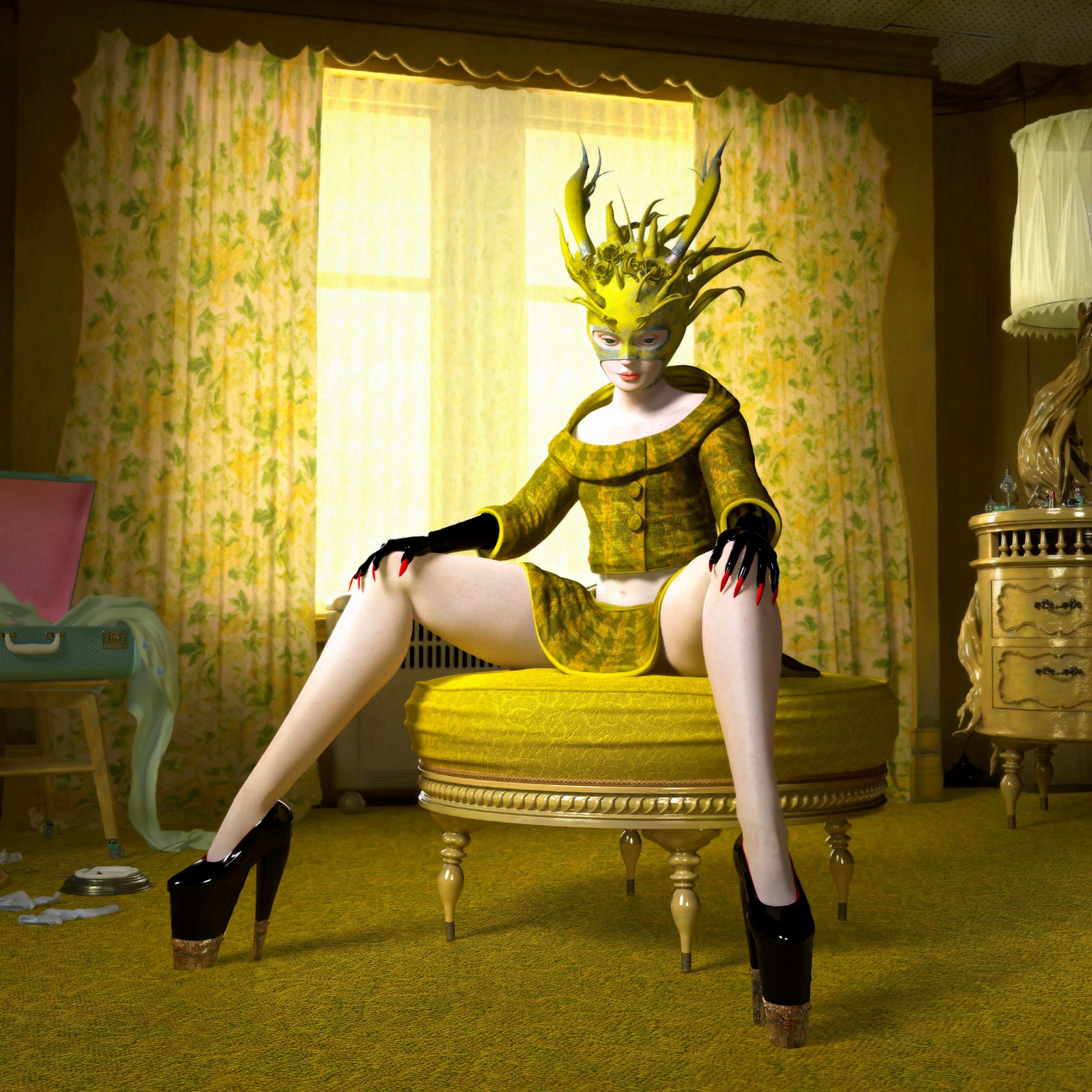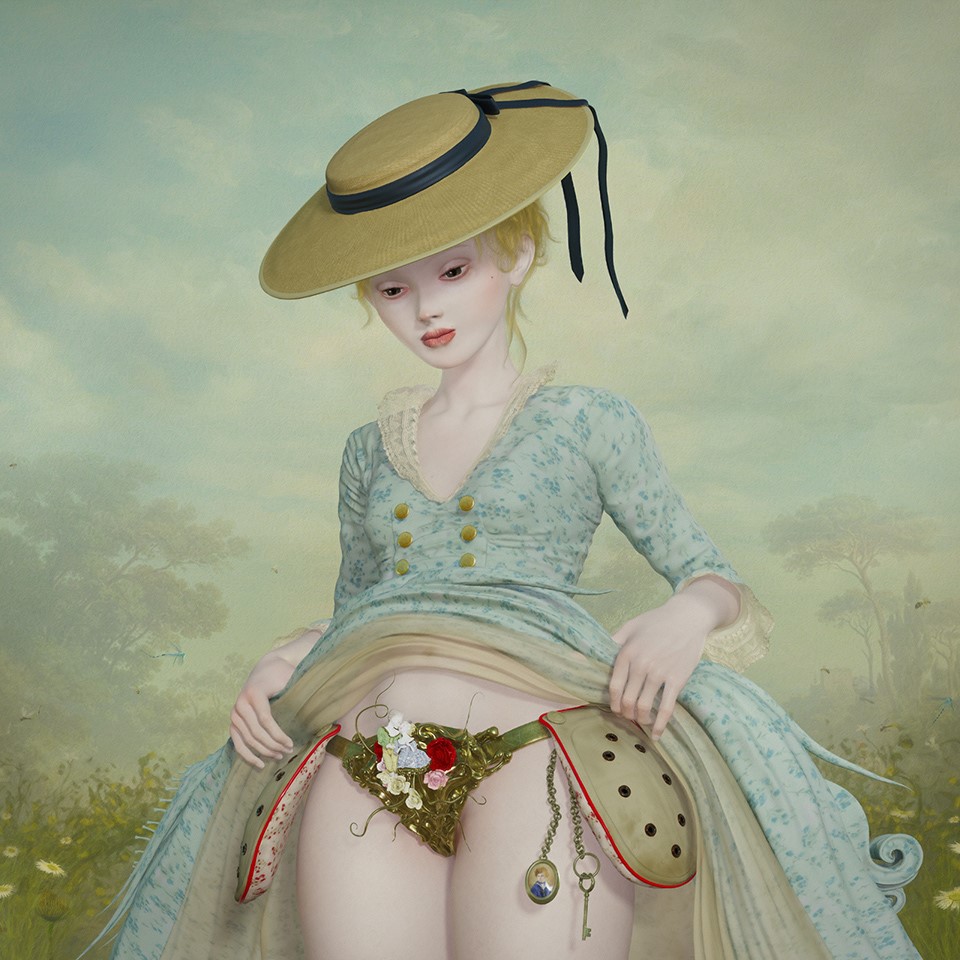 Ray Caesar
Ray Caesar
Ray Caesar is celebrated in the fine art world as the grandfather of digital art, a pioneer who has reshaped perceptions of entirely digital creations. His distinctive works draw inspiration from a range of sources, merging the past and present into surreal visual narratives.
Caesar’s art references the Dutch and Flemish masters like Vermeer and Jan van Eyck, the elegance of 18th-century painter Thomas Gainsborough, and the dreamlike decadence of French Rococo artists Watteau and Boucher. His love for Japanese culture is deeply personal, influenced by his Japanese wife Jane and her family, who introduced him to the works of renowned authors Yukio Mishima and Jun’ichiro Tanizaki.
Tanizaki’s themes, including the femme fatale, family dynamics, and the samurai ethic of balancing beauty, discipline, and honor, resonate strongly in Caesar’s work. This blend of Western art history and Japanese tradition creates a unique tension in his pieces—simultaneously timeless and modern.
Ray Caesar’s artworks are deeply autobiographical, capturing his life’s memories and moments. These visual diaries provoke both fascination and discomfort, leaving viewers yearning for more. For Caesar, creating art is akin to journaling—each piece provides a soothing release and a shared sense of inner calm.
As a trailblazer, Caesar has paved the way for the acceptance of digital art as fine art, demonstrating that entirely digital creations demand the same time, effort, and skill as traditional mediums. His meticulously crafted works, which take countless hours to complete, have earned international acclaim.
Caesar’s work has been exhibited extensively in solo shows across Europe, North America, and Asia, earning a place in the collections of esteemed institutions like the Bristol Museum. His art is also cherished by prominent collectors such as Riccardo Tisci of Givenchy, the Hearst Family (owners of Oprah Winfrey’s O Magazine and ESPN), and others.
In addition to exhibitions, Caesar has been featured in major publications, including The Times Magazine, Huffington Post, Vogue Italy, Vogue Japan, Hi-Fructose, and Juxtapoz, further cementing his influence in the contemporary art world.

